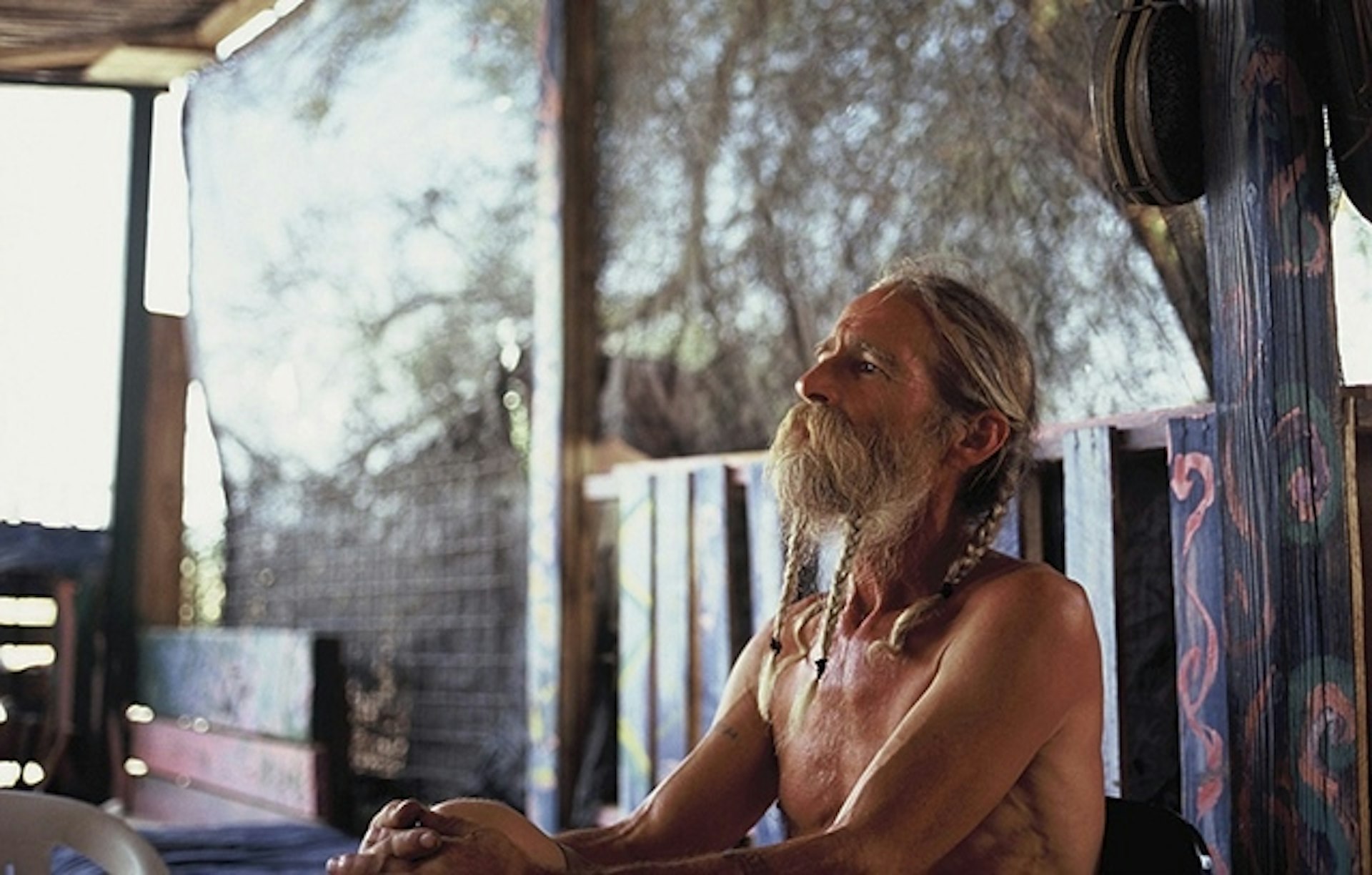
Artist Geoff McFetridge talks about drawing inspiration from Saul Steinberg
- Text by Andrea Kurland
- Photography by Jessica Chou
On a white wall in Chelsea, Manhattan, two drawings hang together easily, side by side. One of them, the larger of the two, is yellowing at the edges. It’s been around the block a couple of times and has the crumples to prove it. The smaller one – the clean-cut son – is spritely, sharp, and meticulously put together, like it just stepped out of grad school and has the whole world at its feet.
There is an obvious lineage between a scruffy Saul Steinberg from 1967 and a minimalist Geoff McFetridge that’s as fresh as new kicks. Like father and son, old world and new, they resemble one another and have emerged from the same gene pool. But one senses they’ve seen and done entirely different things.
From his Glendale studio, near trendy Silver Lake, Los Angeles, McFetridge is taking time out from an endlessly packed-out schedule – juggling commercial work for cool clients like Swiss ski resort Laax while prepping for Art Basel in Miami Beach – to talk about this man from another era. He chose to hang his work next to the Jewish Romanian-born New Yorker – who died in 1999, aged eighty-four – for a show at Joshua Liner Gallery called Your Favorite Artist’s Favorite Artist. But only now is he beginning to truly understand why.
Saul Steinberg landed on Ellis Island in 1941, months after his work first appeared in The New Yorker and already a frequent, if offshore contributor to prestigious Life magazine and Harper’s Bazaar. He became a dandy-like figurehead on the Upper East Side, and a gregarious face at dinner parties where he indulged in an appetite for extra-marital scandal. Through his drawings, which populated at least ninety covers of The New Yorker, he helped foment the literary language of the day, documenting the mid-century’s particular brand of Americana, from baseball games to US marines, but always with the irreverent wink of an outsider. The New York Times calls it “high-IQ humour”. But the real inside joke lies in his most repeated trope – a drawing of an artist that’s drawing itself.
“Drawing is my way of explaining to myself what goes on in my mind,” said Steinberg in 1967, while inking the sharp-nosed artist that pops up in his work time and again. “I want to lose the responsibility in the moment. It’s not I who makes this drawing. It’s that hand I drew that makes this drawing. This way I have a certain freedom; I can always blame it on the hand I draw. Of course it’s mine – it’s a game – but I want to be sure that what I am doing comes more spontaneously, more out of my own needs, not out of my own desire, volition, plan and plot.”
McFetridge landed in California in the 1990s youth boom with the high hopes of an émigré fresh off the boat. Growing up in “super conservative” Calgary was a real ambition buzzkill – “No one’s dad was an artist, so I never knew there was such a thing” – so he made the pilgrimage to SoCal, home of the American skateboarding dream, and landed a job with Mark Lewman at Grand Royal, the Beastie Boys’ short-lived but much-loved magazine.
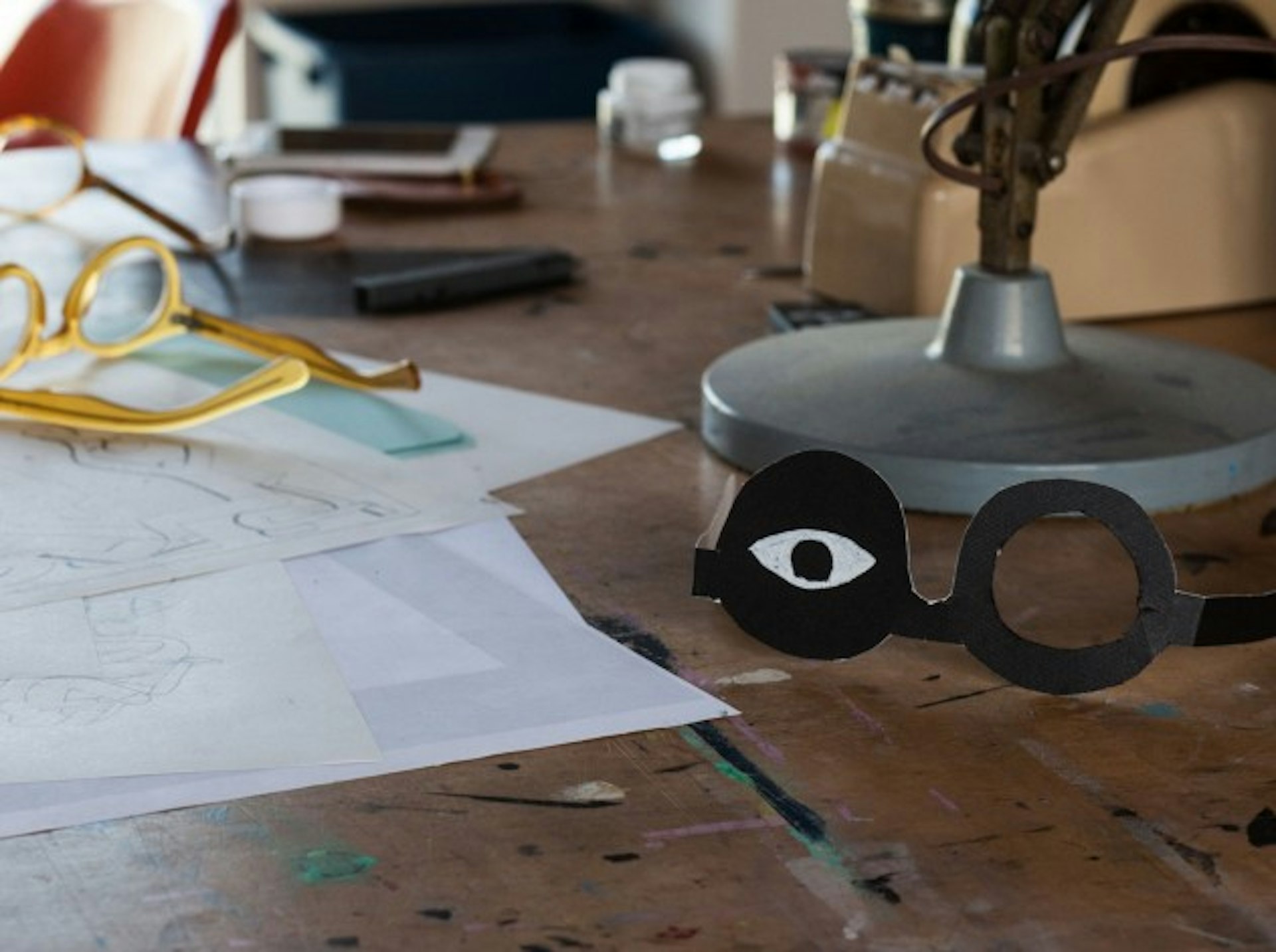
The roots of McFetridge and Steinberg’s stories may be intertwined in ways they don’t even know. “It’s important for people to run away from home,” says Steinberg, in that same interview he gave back in 1967, sporting the same black rims that are perched today so effortlessly on McFetridge’s beak. “Most artists are runaways – from whatever they had. From their own coordinates. From the main street [sic], from the family, from the culture that produced them. Society produces only predictable things, like computer sensors.”
The two runaways are joined by an umbilical cord that stretches from the earliest abstraction of visual language, linking Steinberg horizontally to contemporaries like Paul Klee (a comparison he blames on the influences they share, “children’s drawings, peasant embroideries, insane art… and Bauhausy philosophy”) and vertically backwards to Matisse. But how important are these synaptic signals that travel endlessly back through time? Can you understand a McFetridge if you’ve never seen a Cézanne?
You don’t need to know everything about the roots of your roots. But a little curiosity goes a long way. “In order to understand anything one must create one’s own civilisation,” said Steinberg. Here’s McFetridge riffing on that.
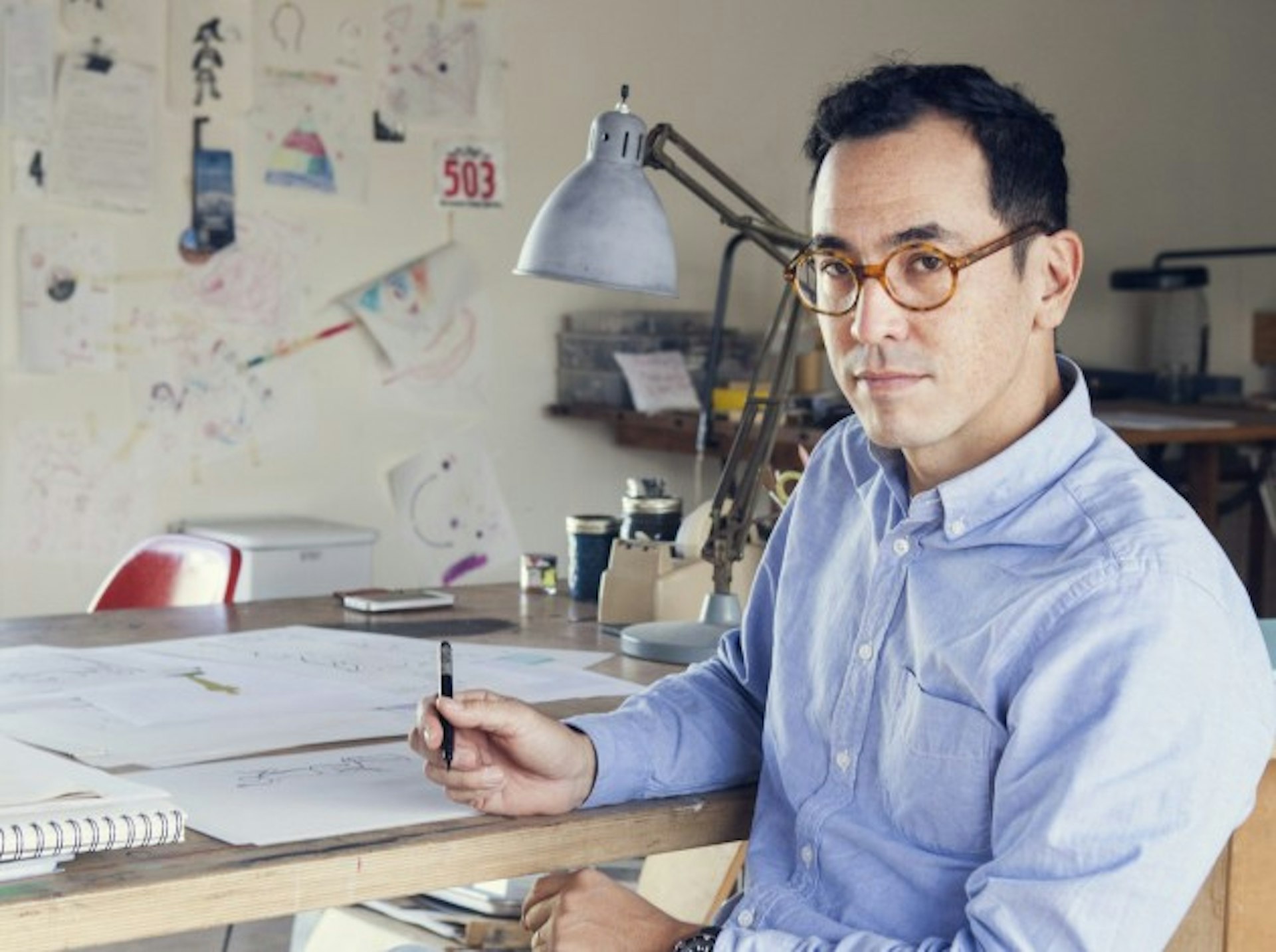
What’s the story behind your first exposure to Steinberg’s work?
I think it was through The New Yorker, which my parents subscribed to. Later I saw a portfolio piece and thought, ‘Oh, this guy is not a cartoonist.’ I confused him when I was younger with other work in The New Yorker. But when you see pieces that are him responding to a situation, you realise these are not cartoons at all. It’s an artist doing reportage.
At what point did his work begin to shape your own creative journey?
Probably in the 1990s, after I left California Arts [where McFetridge studied under Ed Fella]. I thought, ‘Here’s this person who influenced the people that I’m aware of.’ Because my background is in graphic design I was aware of people like Push Pin Studios [a Mad Men era, Manhattan-based studio founded by Milton Glaser in 1954 that was renowned for its irreverent pop art illustrations]. I had this sensation that I was being exposed to Saul’s work second-hand, not just through The New Yorker but in the culture that I liked.
You mentioned you prefer to show your work in isolation, that being hung next to Steinberg was something new. But can art ever exist inside a vacuum?
I relate Steinberg’s influence to genetically modified food. Or when you talk about pesticides; a pig eats corn with pesticides and then when you eat bacon those pesticides become part of your cellular structure. I don’t think I exist in a vacuum; the way I have grown up and the things that I am into have curated any influence that I in turn may have.
I like Werner Herzog movies, I like skateboarding, I like David Hockney, but I don’t travel across the world to see a Hockney show. The world is like software – you don’t need to read the instruction manual, you don’t need to be versed, we are all literate in our own world. There was a time years ago when I was trying to be cool. Like, ‘I’m gonna look at hand drawn type in the 1970s,’ and I’d put that in my work like a quotation. Then I thought, ‘How can I look inward and force people to understand me in my own world.’ So that’s what my work is. It’s not in a vacuum – it’s like looking into a bubble.
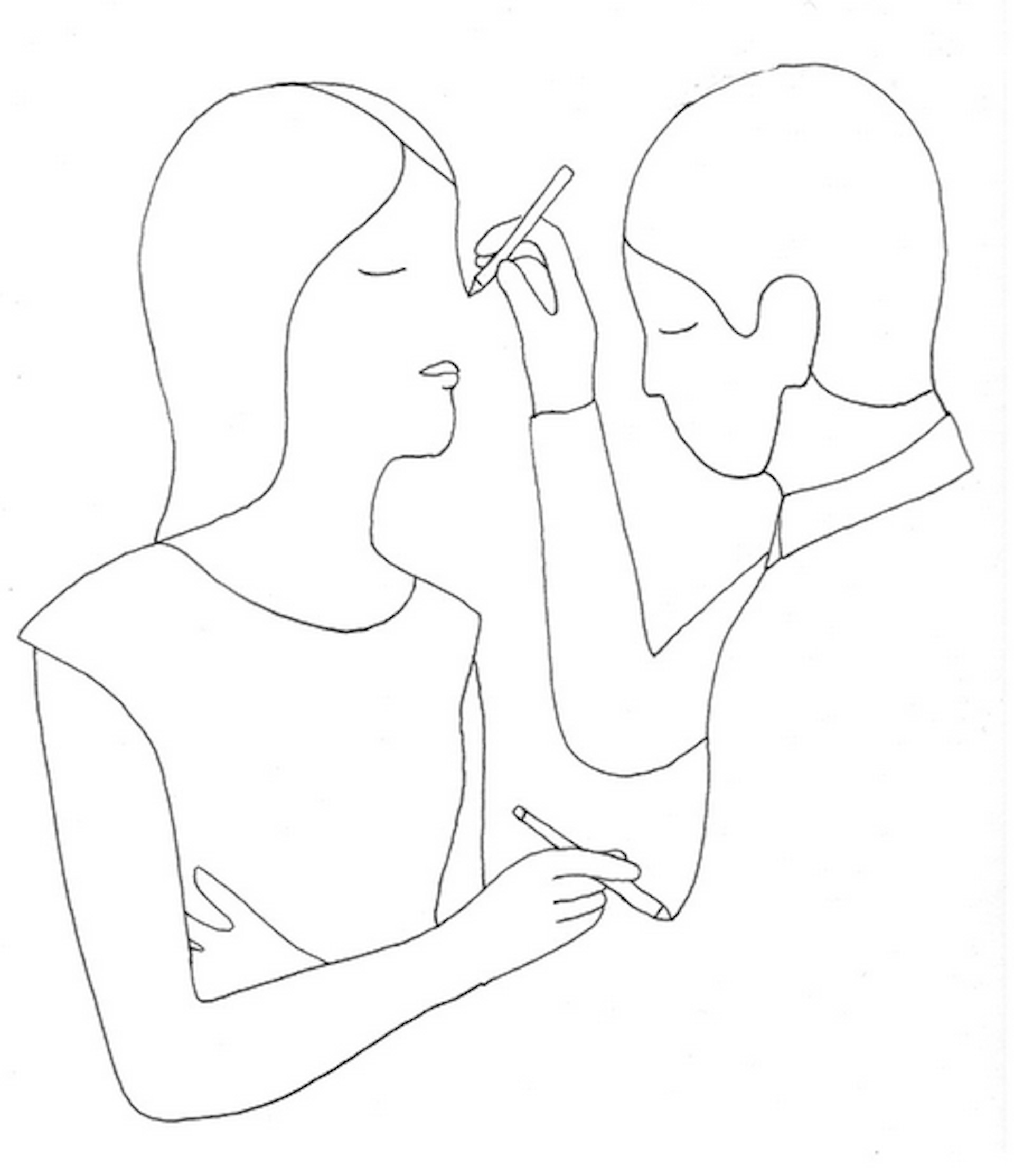
How important is it for you to understand the heritage that you are a part of ? Do you make an effort to seek out the roots of your influences – the influencers who influenced your influencers, so to speak?
I’m not a deep digger. I like to absorb culture in a very go-to-the-movies sort of way. Like, I love Fugazi but there are Fugazi records that I don’t know. I like to come across things naturally. If I’m drawing a horse I don’t like to look at a horse; I just draw a horse the way I remember the horse. It’s more like invention. It’s the same for me with Steinberg or any artist – I don’t look super deep into their work. I mean, I’ve read his biography, but I see it as, ‘This is my impression of him.’ I don’t want to be the person that knows all of those connections.
Having read Saul’s biography, what resonated with you about his life?
The book is heavy. He was wildly successful from the very start and was an immigrant working his way out of a super dismal situation. He was a super gregarious character in the art world – a real partier. I wasn’t aware that he was so involved with other artists of the time. He knew everybody, so when he is drawing those Cubist figures he is almost like one of them.
Does it change how you view his work when you know his back story?
Yeah. When I look at his work now, I see the tone differently. I understand that he was speaking to literates; he was speaking of the experiences of Europeans [as immigrants]. But he was almost joking, whereas I took it seriously before.
I read briefly that Saul defined drawing as a way of reasoning on paper – he spoke about the semantics of drawing and seeing art as a language. It reminded me of a conversation we once had about your work – how you try to distil an entire message into a single image. This idea of creating a new language through minimal line work – saying the most with the least amount of marks – I just wonder: are you drawn to him because you’re both trying to work things out in a similar way?
Totally, everything I do is rooted in drawing. If I have an idea I draw it out first and then make it happen some other way. I remember flipping through the pages of his book and being like, ‘Oh, this guy’s getting to the things that I’m aiming for abstractly in space.’ And he’s getting at them over and over, page after page after page. The way he made drawings about drawings really resonated with me. I can have four ideas and come up with new settings for the same ideas. He was super intellectual and he’s coming at the work from words as a starting point; the piety is for actual poems, whereas I’m getting to a poetic feeling. But if you come at things from two sides, they eventually meet.
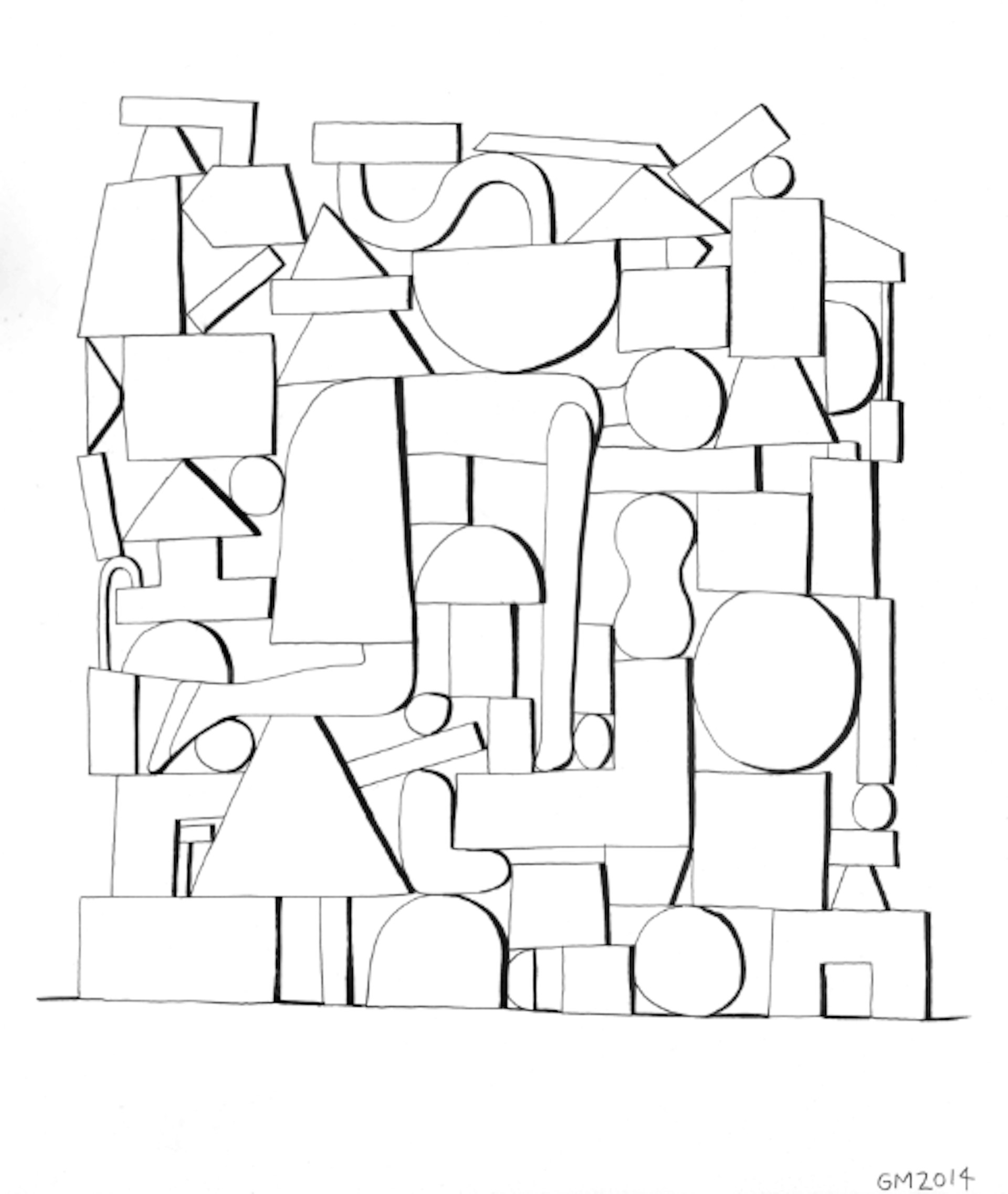
Of all the people who have influenced you, what makes Steinberg unique?
The lesson I take from Saul, though I haven’t fully learned it yet, is the speed of some of his work. Pieces drawn in an instant, as if he was on a two-hour phonecall and just did the drawing on the side. I don’t quite understand that myself. I have the sketch for ‘the thing’ and sometimes that should just be ‘the thing’. Getting to that is very hard, I’ve been trying since 1996.
What about you? You too are an influence on other people. If you could dictate the impression you’ll eventually leave behind, what would you hope future generations take from your work?
Just the fact that I’m drawing and working from my world. Everything that I have ever been told, everything that I have ever learned is like this back story and it can be conjured in my work. I would like to think that I am living in a super visual culture. Steinberg had a literary culture and people would react strongly to innovation in language and writing. I feel like I grew up in a time where we figured out how to market messages super visually. Steinberg was unique because he drew what people were talking about – he drew their words. But my reportage is about the visual culture of our time. So when I draw a figure, within that drawing is street wear, Vans, skateboarding – this stuff is not in my work, but that’s what I was fed. All those toxins are part of my DNA. It’s impossible to look at my work out of context. I hope the visual culture I’m a part of influences future generations. But in the design world, there’s no one writing about or capturing that history.
Perhaps that’s the downfall of not living in a literary era. And yet, there’s more information out there than ever…
Well yeah, but someone has to decode it all to be our proper historian. To make sure that the chain of influence carries on.
We may be able to look back and trace a through-line from your work to cubism, which in turn informed Saul’s work. But if kids had to look back in a hundred years’ time, what movement would you hope they place you in?
Like, invent my own movement?
Well, that’s the thing. At what point do those terms – cubism, pop art, surrealism – start to feel legitimate. Is the idea of an ‘art movement’ still relevant today? Or is it a construct we just invent to make sense of the past?
Well, I remember when [curator] Aaron Rose was coming up with ‘Beautiful Losers’, trying to name the movement [that encompassed artists like Ed Templeton, Barry McGee, Steve ‘Espo’ Powers and Margaret Kilgallen]. They kept going back and forth. Tokion magazine did an issue and called it The Disobedience and then Aaron Rose did the show Beautiful Losers. It’s hard for people to be like, ‘I’m with that!’ I still like believing that you can just invent something new – that there are still images to be invented. If you believe that then you won’t stop creating, even if the world says you’re part of a movement where everything is the same.
So are you an optimist? When you think about the way that things endlessly cross-pollinate, do you still believe something totally original can come out of the blue?
Yeah, I am! I believe that. Is that crazy?
No, that’s great. It’s too easy to be cynical and feel like nothing’s original anymore. We live in an era where you can access anybody’s work at the click of a button, so it’s rare to see people looking inward to create something new. What makes you optimistic?
I embrace the pessimism. I redraw the same thing over and over again. Like, I’m into hands so I’ll draw hands again and again. One time I may draw a hand where the index finger is pulled up into a little loop and I’ll be like, ‘I wanna draw it like that now!’ Then I may see other people and they start drawing it like that, too. Soon it becomes a game that I play with the world. Once you are participating in the flow, it’s the opposite of being pessimistic because you see things change and realise you can affect the world.
If you’re a super pessimist you will negate everything you’re doing because it’s already been done. But I am interested in this narrow sliver of visual culture in which you can be optimistic; I’m doing secretive work and often operating in this realm where it’s a battle to create imagery that is new. It’s like Kung Fu, or Judo – the one where you use the opposition’s force. Without pessimism I couldn’t make anything. If something’s tired, I’m into that. If something’s worn out, I’m into that. We’ve drawn this one thing as many times as it can possibly be drawn? I’m like so into that. I need the pessimism, that’s the ground!
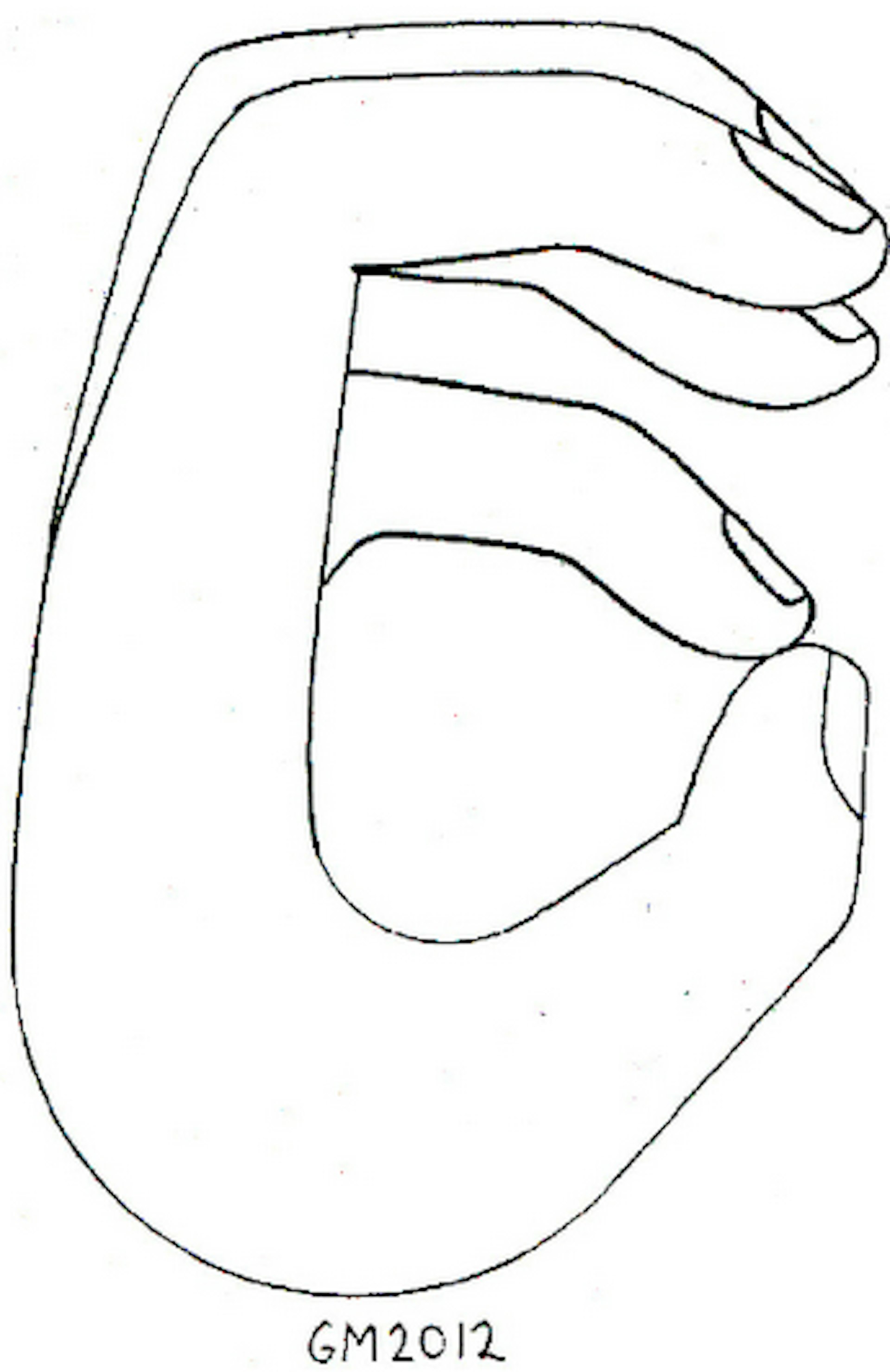
If you had to give advice to a young artist trying to find their own way, what would you say? Should they seek out work from past eras, or look closer to home?
Personally, I found that everything influences you. Influence is about your friends, your environment, even people you don’t like. I think it’s just context. Where you’re at right now has to be completely vital to where you are going, otherwise right now is a total waste of time. You want to be super relevant in your own work – otherwise you’re just talking about things that are out of our grasp.
When I was a kid, I was like, ‘There’s nothing happening, I have nothing to talk about.’ But there has never been anyone who had a shortage of influences in their world. Maybe it’s more interesting to think about the diversity of the things that influence you. Things that you do that have absolutely nothing to do with what you make. Like, ‘I’m really into tennis, but I don’t make art about tennis.’ That’s what’s interesting. What is going into what you are doing – what is the concoction you are making? And more importantly, what concoction do you want to make? Then be careful what concoction you do make in the end. You have to place yourself in the right context. Not turn around one day and be like, ‘Dude, I can’t function without tennis. And now I live in the North Pole and I can’t play tennis and I can’t make anything at all.’
This article originally appeared in Huck 48 – The Origins Issue. Grab a copy in the Huck Shop or subscribe today to make sure you don’t miss another issue.
